Footprints Class 2 Worksheet Maths Chapter 6
Q.1. Label each shape:
(i)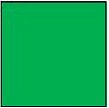
(ii)
(iii)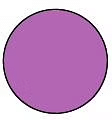
(iv)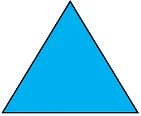
(v)
(vi)
(vii)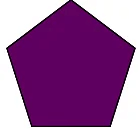
(viii)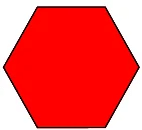
Q.2. (A) Find the volume of each cube.
(i)
Volume =_____
(ii)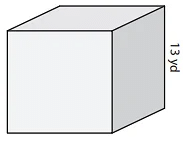
Volume = _____
(iii)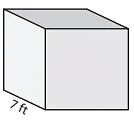
Volume = ____
(B) Find the volume of each cube from the given side length.
(i) side length = 8 ft
Volume =____
(ii) side length = 20 in
Volume = ____
(iii) side length = 11 in
Volume = ___
(iv) side length = 3 yd
Volume = ___
(v) The length of each side of a cubical wooden block is 16 inches. What is the volume of the block?
Q.3. (a) Find the side length of each cube. Round your answer to the nearest tenth.
(i) Volume = 512 in3
side length = ____
(ii) Volume = 6,738 ft3
side length = ____
(iii) Volume = 125 yd3
side length = ____
(iv) Volume = 2,197 ft3
side length = ____
(v) Volume = 44 yd3
side length = ____
(vi) Volume = 3,873 in3
side length = ____
(b) A cubical sandbox has a volume of 91,125 cubic inches. What is the side length of the sandbox?
(c) What is the side length of a cubical perfume bottle whose volume is 15 cubic inches? Round your answer to the nearest tenth.
You can access the solutions to this worksheet here.
FAQs on Footprints Class 2 Worksheet Maths Chapter 6
| 1. What are footprints and why are they important in the study of ecology? |  |
| 2. How can footprints be used to identify different animal species? |  |
| 3. What factors can affect the visibility of animal footprints in the wild? |  |
| 4. How can footprints help in wildlife conservation efforts? |  |
| 5. What tools can be used to capture and analyze footprints in the field? |  |














